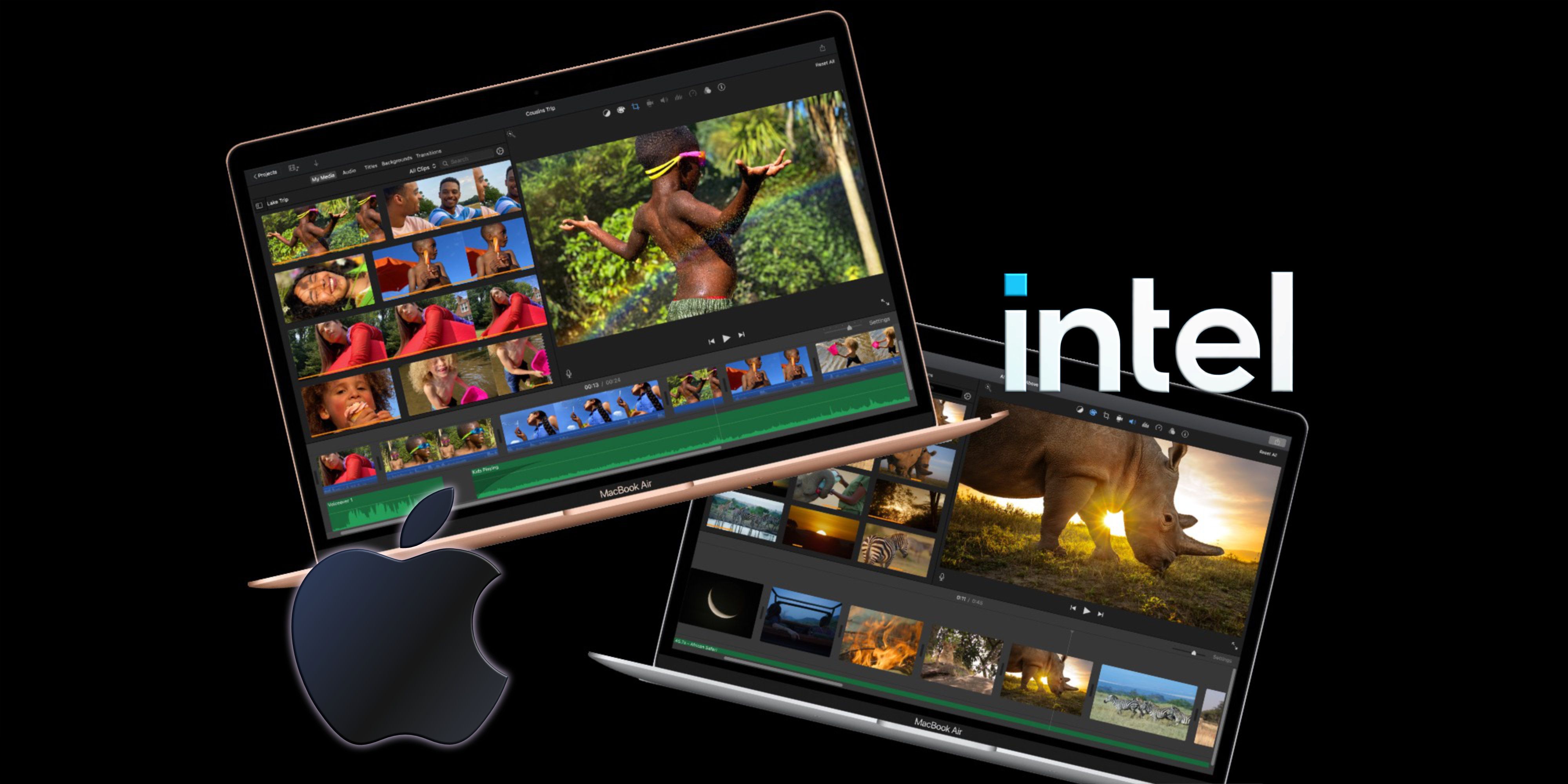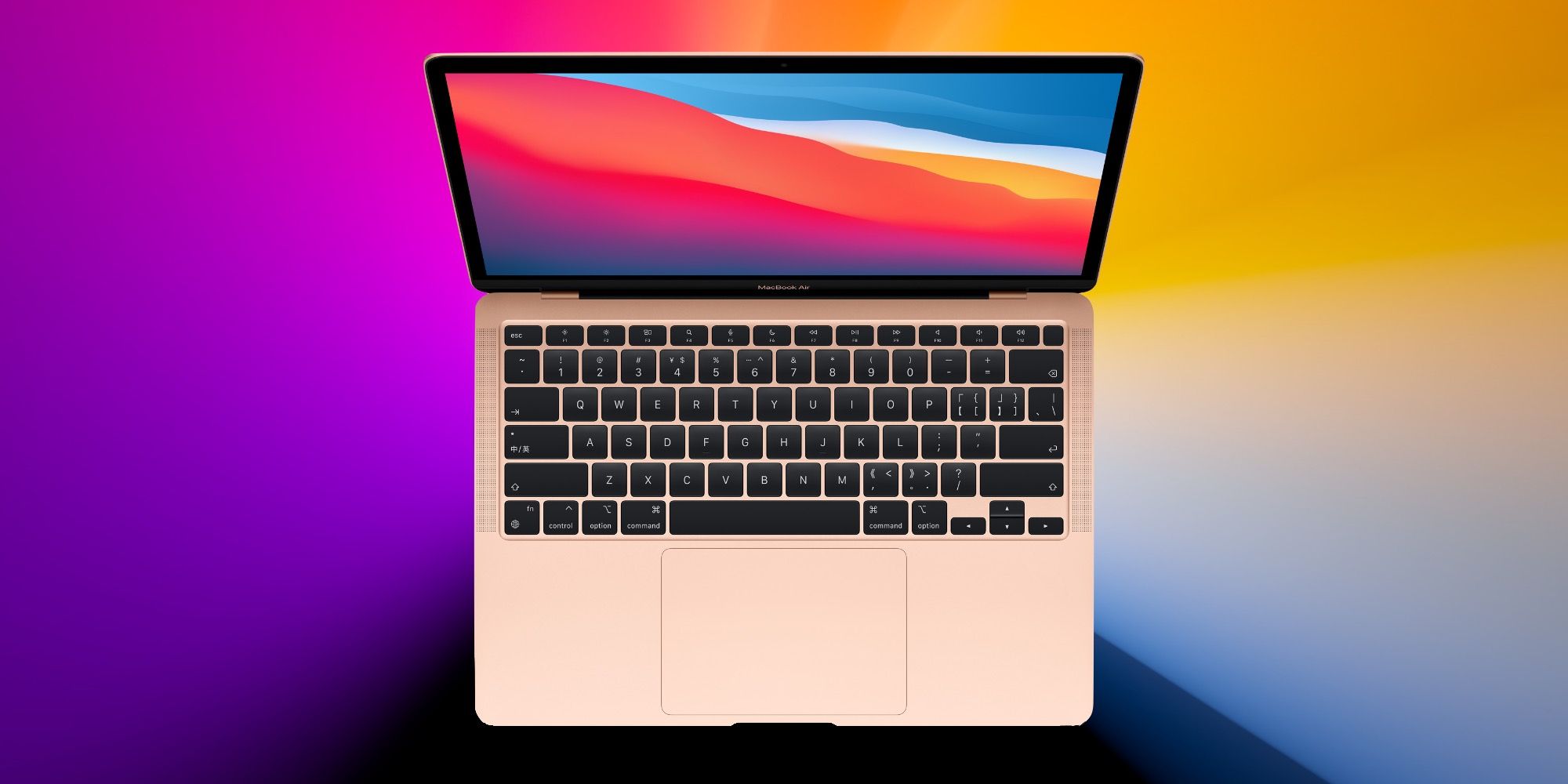The MacBook Air is the first device Apple announced at its November event and one of the first to contain the amazing new M1 chip. Apple claims its M1 is the world’s fastest low-power system on a chip (SoC). The previous generation MacBook Air SoC handles the work of several other dedicated chips, including the CPU, GPU and Neural Engine. By building this all on the same chip and using a 5-nanometer manufacturing process, Apple’s M1 can work faster while using less power than other laptop and desktop processors.
The previous MacBook Air was updated only eight months ago, offering twice the performance of the previous generation, 80-percent better graphics, and an improved keyboard. The ‘Air’ in the name refers to the thin and light design. This combination of thin and powerful meant the fan would run often, creating more noise than expected. The performance gains were worth it, though. The retina resolution display uses True Tone technology for a clear bright screen with good color accuracy, while the Thunderbolt 3 ports allow plenty of expansion possibilities. The MacBook Air is the best selling 13-inch notebook and the 2020 Intel model helped Apple’s Mac computer sales have its best year ever.
Now Apple has a new 13.3-inch MacBook Air based on its eight-core M1 chip that surpasses the previous model with a huge performance leap in both central processing and graphics processing. In fact, Apple claims 3.5-times greater speed than the Intel CPU and the integrated GPU offers five-times the performance of Intel Iris Plus graphics. That’s an incredible boost in power, yet Apple indicates the system sips energy and can provide up to 18 hours of battery life on a single charge. The lower power means this new model has no fan. The display has also seen a boost by gaining the improved P3 color that used to be only found on the MacBook Pro. Apple always makes displays with good color, but the new MacBook Air will have the possibility of revealing 25-percent more colors than the previous model.
Apple M1 & Mac App Compatibility
Switching to a new chip architecture means the Apple-designed M1 chip that powers the new 13.3-inch MacBook Air is not directly compatible with software compiled for an Intel chip. However, Apple isn’t about to leave its customers and developers without a solution. Apple has been working with developers since the Worldwide Developers Conference in July to ease the transition and this means many apps are already available in native M1 code. Adobe Lightroom is ready on day one, but Photoshop won’t be converted until next year. There is a solution for this issue as well.
Apple has a long history of CPU transition, having made major Mac switches twice before. In both cases, an emulator was employed to allow older code to run on the new and much faster processors. Apple claims that many apps execute quicker on the M1, even through its Rosetta emulator, than when running on the Intel CPU. Others may notice a speed dip, but based on the massive performance gains, the hit may not be too severe. It will, of course, depend on the app. For professional users, the risk may be enough that holding off until the most important apps are updated is likely to make more sense. However, for those that plan on buying Apple’s thinnest and lightest notebook, the slight slowdown on a few apps shouldn’t be a significant problem. Based on the information released so far, Apple’s new M1-based MacBook Air is clearly a huge improvement over the Intel version.
Source: Apple


